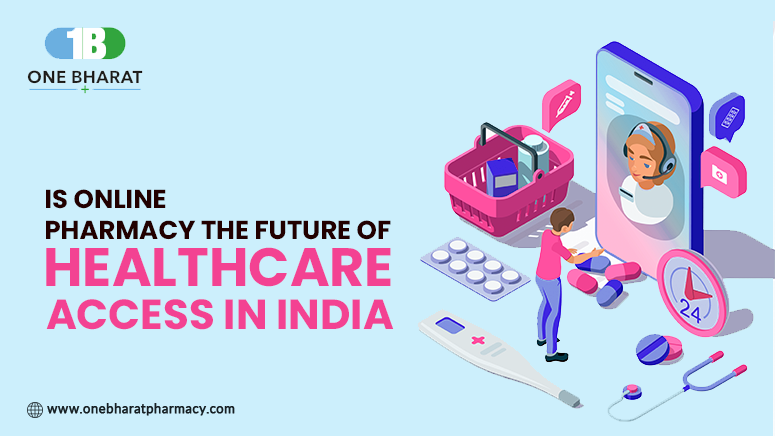Is Online Pharmacy the Future of Healthcare Access in India?
Jul 15, 2025
1. Introduction
Buying medicines from a smartphone may feel routine in the metros, but for millions of Indians it represents a seismic shift in how healthcare is reached, paid for and trusted.
“Online pharmacy” (or e-pharmacy) platforms such as One Bharat Pharmacy, Tata 1mg, PharmEasy and Apollo 24|7 allow patients to upload a prescription, see transparent prices, and receive doorstep delivery—often the same day.
This article asks a simple question with complex implications: Is that digital model poised to become the dominant gateway to medicines—and therefore to healthcare access—in India?
We examine today’s access gaps, the rise of e-pharmacies, their benefits, risks, and the policies that will decide their trajectory.
2. Current Scenario of Healthcare Access in India
-
Urban–rural divide. Only 27 % of Indians live in cities, yet 75 % of health-care infrastructure is urban (docboxmed.com). For a villager, a qualified doctor or a well-stocked chemist often lies dozens of kilometres away.
-
Medicine availability. A 2024 Transform Rural India survey found that 61 % of rural households could reach a private medical shop, but just 26 % had a government outlet with free or subsidised drugs (drishtiias.com). Stock-outs of essential medicines in public facilities remain common.
-
Affordability. Out-of-pocket spending still makes up nearly half of total health expenditure; travel and wage loss further inflate the real cost of care for remote communities (docboxmed.com).
-
Workforce shortages. India averages 20.6 doctors, nurses and midwives per 10,000 people - less than half the WHO norm, with four times more clinicians per capita in cities than in villages (docboxmed.com).
These gaps create fertile ground for any service that can move medicines, prescriptions and advice closer to the patient.
3. Emergence and Growth of Online Pharmacies in India
India’s first wave of e-pharmacies appeared around 2013–15 with Netmeds, 1mg and PharmEasy. Covid-19 lockdowns then turbo-charged demand. According to IMARC, the Indian online pharmacy market reached USD 3.18 billion in 2024 and is projected to USD 12.71 billion by 2033 at a 16.65 % CAGR.
The business models differ:
-
Inventory model – the platform owns and ships stock (e.g., One Bharat Pharmacy, PharmEasy).
-
Marketplace model – it connects licensed local chemists to customers (e.g., Tata 1mg).
-
Hybrid/franchise model – a blend of the above, often with franchised micro-fulfilment centres.
Scale has encouraged consolidation: PharmEasy’s ₹ 4,546-crore takeover of diagnostics giant Thyrocare in 2021 created a vertically-integrated digital health chain spanning tests, tele-consults and medicines.
4. Advantages of Online Pharmacies
|
Advantage |
Why it matters |
Illustration |
|
Convenience & reach |
Doorstep delivery eliminates long travel and queues. |
e-Sanjeevani tele-prescriptions can be filled online; the platform has logged 3.6 billion consultations since 2020. |
|
Price transparency & discounts |
Digital catalogues let users compare generics vs. brands, see expiry dates, and access cashback schemes. |
Average savings on chronic-disease refills reported by Tata 1mg users: 12–18 %. |
|
Continuous supply for chronic care |
Auto-refill subscriptions reduce missed doses for diabetes, hypertension and HIV. |
PharmEasy ships 80 % of its orders to repeat buyers in Tier 2–3 towns. |
|
Data-driven adherence & counselling |
In-app reminders and tele-pharmacist chat support improve compliance. |
Apollo 24 |
|
Catalyst for broader digital health |
Platforms bundle lab tests, tele-consults and insurance, creating a one-stop health stack. |
Thyrocare integration gives PharmEasy users discounted diagnostics in 3,700 pincodes |
5. Challenges and Concerns
-
Regulatory grey zones. India still lacks a notified e-pharmacy law. Draft amendments to the Drugs & Cosmetics Rules (2018) are pending; in Nov 2023 the Delhi High Court demanded a policy within eight weeks.
-
Quality and counterfeit risk. Ensuring cold-chain integrity and pharmacist oversight during last-mile delivery is harder online. Academic reviews flag gaps in verifying Schedule H/X prescriptions and storage conditions .
-
Data privacy. Draft rules would mandate local storage and disclosure only for public-health reasons, but enforcement mechanisms remain unclear.
-
Threat to small chemists. The All India Organisation of Chemists & Druggists (AIOCD) called a nationwide strike for March 2025, citing deep-discount “predatory” pricing.
-
Risk of misuse. Multiple uploads of the same e-prescription or self-medication via symptom-checker apps can fuel antibiotic resistance, warns the Indian Journal of Medical Ethics .
6. Government Policies and Regulations
|
Regulatory Instrument |
Status |
Key Provisions |
Gaps |
|
Draft e-Pharmacy Rules 2018 |
Pending notification |
Mandatory portal registration; 24/7 support; periodic inspections; no drug ads |
Silent on illegal cross-border sites, fake prescriptions, model-wise FDI limits |
|
Drugs, Medical Devices & Cosmetics Bill 2023 |
Before Parliament |
Empowers Centre to frame rules for online sale and distribution |
No immediate compliance timelines |
|
IT Act 2000 & Consumer-Protection E-commerce Rules 2020 |
In force |
Intermediary liability and consumer-rights framework |
Not tailored to medicine-specific risks |
|
Ayushman Bharat Digital Mission (ABDM) |
Operational since 2021 |
ABHA health ID, interoperability of e-prescriptions, teleconsult & e-pharmacy linkage |
Voluntary onboarding; variable state adoption |
Overall, policy is moving, but clarity on licensing, pharmacist presence, cross-border sales and data security is still evolving.
7. Comparative Analysis
-
Traditional chemist vs. e-pharmacy
-
Pros offline: immediate purchase, personal advice, no delivery wait.
-
Cons offline: limited stock, higher mark-ups, restricted opening hours, travel costs.
-
Pros online: 24×7 ordering, larger SKU catalogue, digital payment & records, home delivery.
-
Cons online: delivery lag in emergencies, counterfeit risk, loss of personal counselling.
-
Global parallels
-
United States – Amazon Pharmacy/PillPack: Amazon’s 2018 PillPack buy showed how logistics, subscription packaging and Prime membership can shake incumbents.
-
Sweden – Apotea: 40 % of all Swedish prescriptions are now filled online, enabled by real-time e-prescription rails.
-
China – Alibaba Health: Tight integration with AliPay and state insurance has made drug e-commerce mainstream.
These cases suggest that when digital payment rails, e-prescriptions and strong logistics converge, online pharmacies rapidly capture share.
8. Future Outlook and Recommendations
Growth trajectory. If current 16–17 % CAGR continues, India’s e-pharmacy market could exceed USD 18 billion by 2033, serving 250–300 million unique users and handling a quarter of prescription volumes. The next decade will likely see:
-
Hyper-local dark stores enabling two-hour delivery in Tier 2–4 towns.
-
AI-driven adherence programs bundled with insurance.
-
Integration of e-pharmacy APIs into ABDM’s health-records backbone, allowing one-click refills from tele-consult platforms.
Recommendations
|
Stakeholder |
Action |
|
Policymakers |
Notify e-pharmacy rules with clear licensing, cold-chain norms and prescription-upload authentication; create a national track-and-trace barcode system. |
|
Entrepreneurs & investors |
Focus on Tier 3–4 logistics, elder-care medication management, and vernacular interfaces to expand beyond urban early adopters. |
|
Traditional chemists |
Adopt omni-channel models—storefront + online ordering—and leverage local trust for value-added services (BP checks, vaccination). |
|
Public health planners |
Use e-pharmacies to stock essential drugs for chronic-disease programmes and integrate with schemes like Jan Aushadhi for subsidised generics. |
|
Data-security watchdogs |
Enforce privacy-by-design audits and mandate breach-disclosure protocols to build long-term user trust. |
9. Conclusion
India’s healthcare challenge is less about cutting-edge surgeries and more about last-mile access to everyday medicines.
Online pharmacies have already demonstrated that they can bridge geography, reduce prices and catalyse a broader digital-health ecosystem.
Yet their promise will only be realised if regulation matures, quality is policed and small chemists are brought into the digital fold.
With thoughtful policy and responsible innovation, e-pharmacy could indeed become a cornerstone of equitable, affordable healthcare access across India’s cities, towns and villages.
Disclaimer:
Recent Post
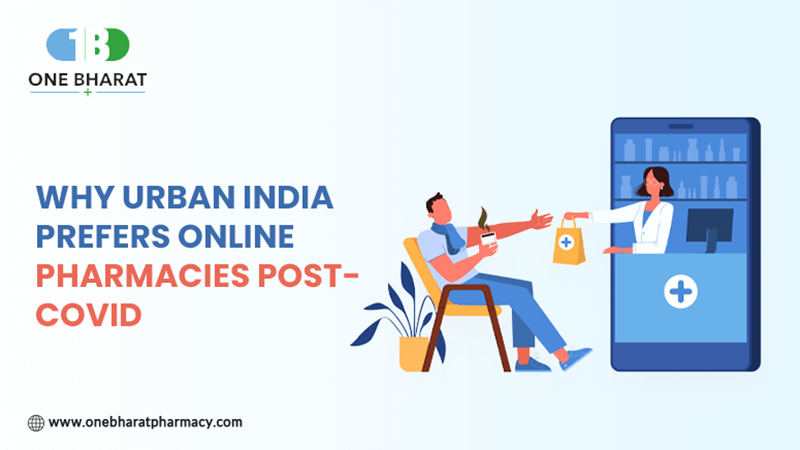
Why Urban India Prefers Online Pharmacies Post-COVID A Deep

Telemedicine: The Digital Bridge Connecting Patients to Healthcare
_CAT_1753709847.png)
Does Scanning a QR Code on Medicine Packaging Really Confirm Authenticity? Here's the Truth
_CAT_1753374525.png)
Bringing India’s Pharmacy to Your Doorstep.
_CAT_1753281249.png)
King Barriers in Healthcare: One Bharat Pharmacy Rolls Out Seamless Online Medicine Delivery Across Delhi NCR
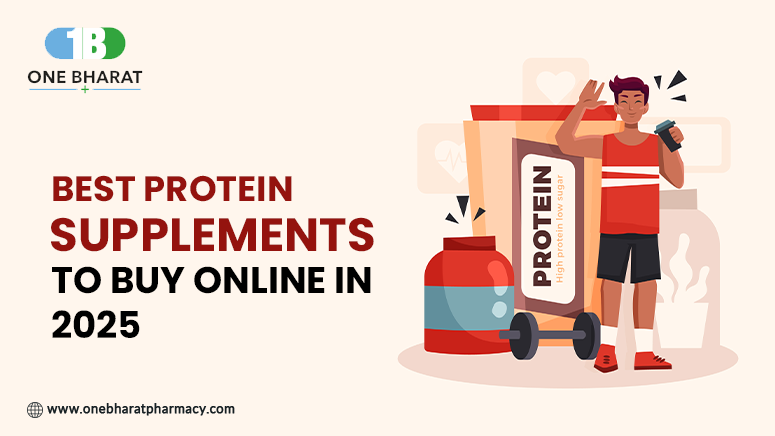
Best Protein Supplements to Buy Online in 2025
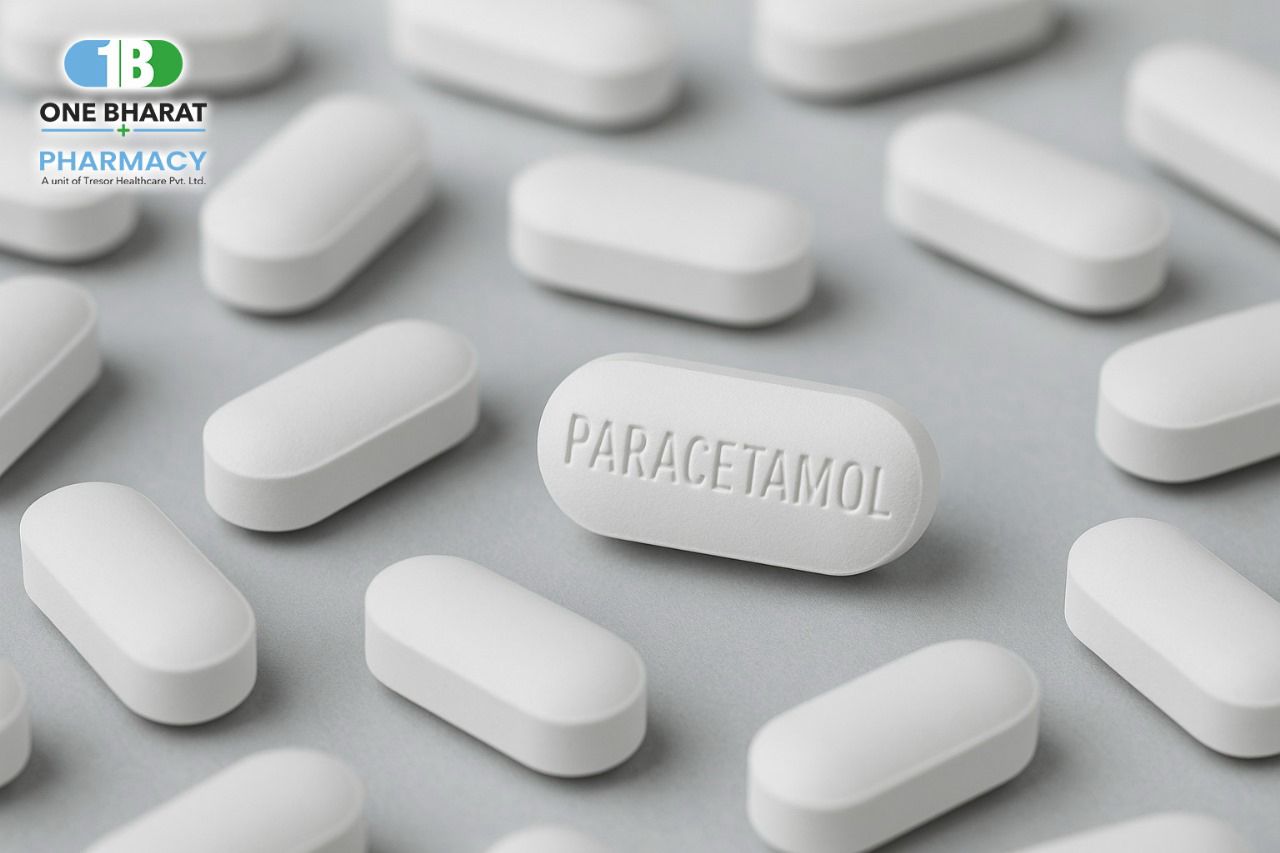
FACT CHECK: Is Paracetamol Truly the World’s Most Dangerous Drug?
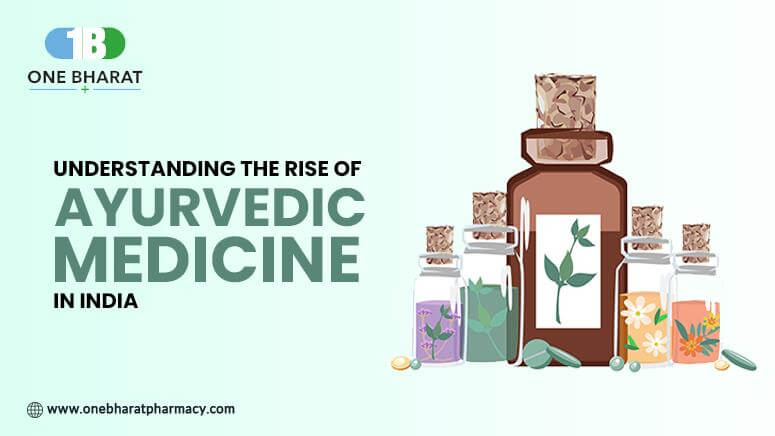
Understanding the Rise of Ayurvedic Medicine in India

Fact‑Check: Does Tirzepatide (Mounjaro/Zepbound) Aid Weight Loss & Diabetes?

How to Safely Buy Medicine Online in India: A Complete 2025 Guide

